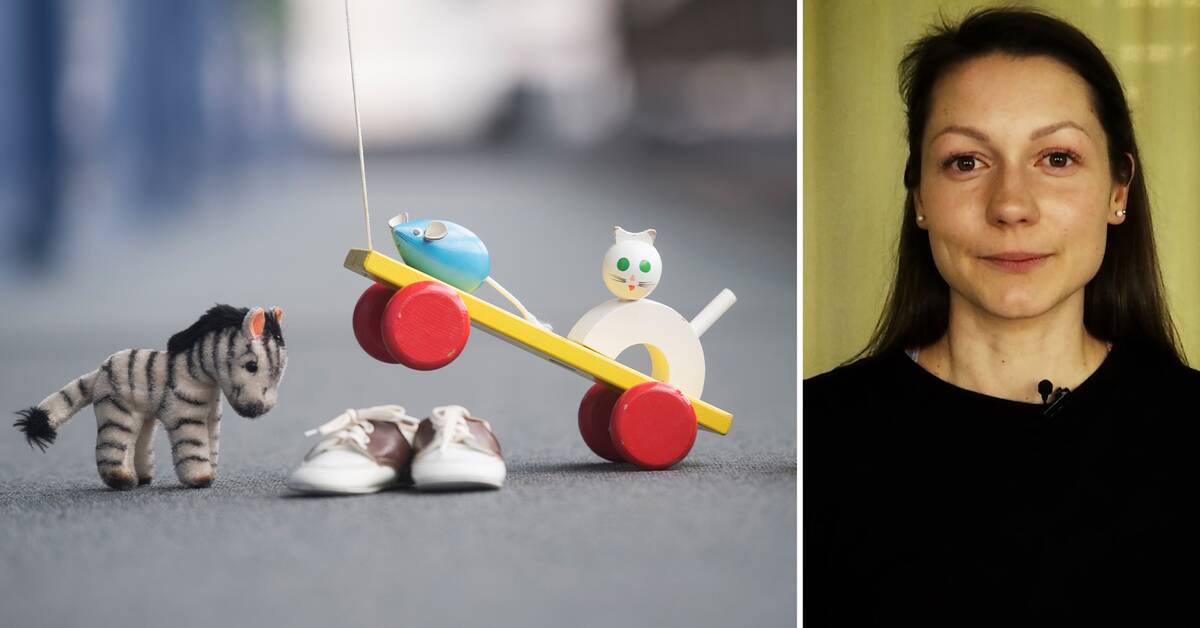Researchers from the University of Gothenburg tested 157 new and old toys and measured how much chemicals they contained.
The result shows that reusing the toys can be problematic, in any case when it comes to products with higher levels of substances hazardous to health.
84 percent of the older toys contained a chemical amount that exceeded today's permitted levels, according to the study.
- Old toys that were produced before the Toy Directive was introduced can be hazardous to health.
Children should not play with these and they should not be inherited or sold on the second-hand market, says Bethanie Carney Almroth, professor at the Department of Biology and Environmental Science at the University of Gothenburg.
Over the legal limit
The study showed that the concentration of toxic substances was significantly higher in old objects than newly manufactured ones.
In the majority of items, chemical levels were measured that were 400 times above the legal limit.
- We saw that, for example, 40 percent of the weight of a ball could be phthalates, i.e. pure chemicals, says Bethanie Carney Almroth.
But even in newer toys, the limit values were exceeded in 30 percent of the cases.
The chemicals found included phthalates and short-chain chlorinated paraffins, which are used as plasticizers and flame retardants in the toys.
The substances can cause cancer, damage to DNA or affect the reproductive capacity of children.
"More transparency"
Since the Toy Directive and its amendments came out, the legislation surrounding chemicals in children's toys has improved, but Bethanie Carney Almroth is calling for more transparency and responsibility on the part of producers.
- If there is no list of contents on the product, it is difficult for the consumer to influence.
More transparency is required and it needs to be handled at a higher level in society, we cannot expect parents to do this.
Should you avoid buying used toys for your children?
- Yes I think so.
New things are safer.

